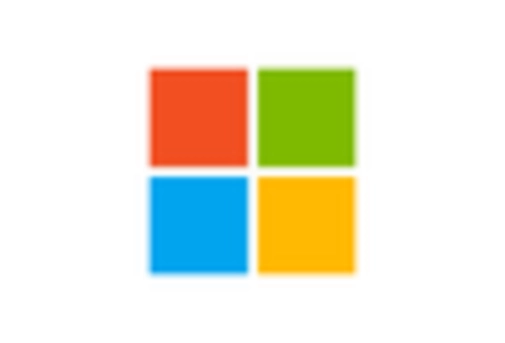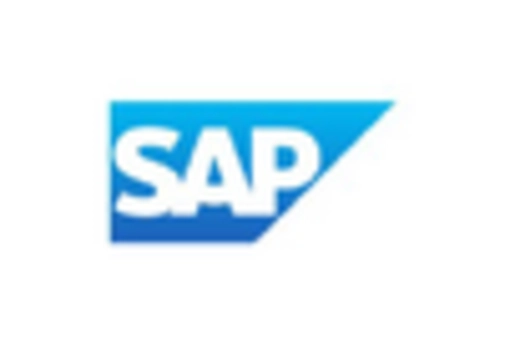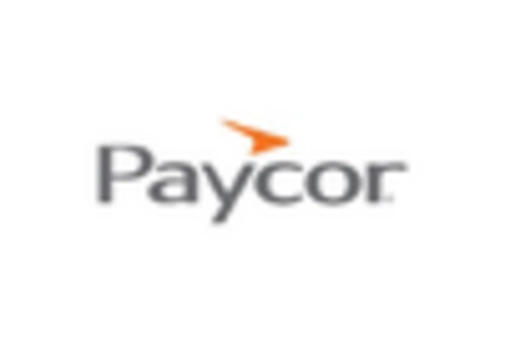The US Time Tracking Software Market is characterized by a dynamic landscape, with numerous companies vying for a strong foothold in this increasingly important sector. Time tracking software plays a vital role in enhancing productivity, managing workforce efficiency, and ensuring accurate time reporting for payroll and billing purposes. The market is segmented into various solutions catering to different business needs, ranging from small-scale startups to large enterprises.
Companies focusing on innovation and integration of advanced technologies such as artificial intelligence and machine learning are gaining a competitive edge in addressing the complex needs of businesses while offering additional features beyond basic time tracking functionalities.Microsoft has established itself as a formidable player in the US Time Tracking Software Market, leveraging its vast ecosystem of services and applications. The integration of time tracking functionalities within its productivity suite has given Microsoft a significant market presence, particularly among businesses already utilizing its software solutions.
The strengths of Microsoft stem from its ability to offer seamless integration with tools such as Microsoft Teams, Outlook, and Azure, which enhances collaboration and efficiency within organizations. The scalability of its solutions makes it appealing to a diverse array of businesses, allowing organizations to tailor the software to meet specific workforce management needs. Moreover, Microsoft's commitment to continuous development and updates reinforces its position as a trusted provider within the time tracking space.ADP, a longstanding entity within the HR and payroll services sector, plays a pivotal role in the US Time Tracking Software Market with its comprehensive offerings.
ADP provides robust time management solutions that are designed to streamline employee time tracking and integrate effortlessly with payroll processing. The company has a solid market presence, particularly in the realm of small to medium-sized enterprises, where its user-friendly and efficient platforms enable businesses to maintain compliance and enhance productivity. Key products and services include time and attendance management, workforce scheduling, and payroll compliance solutions, allowing ADP to cater to a broad spectrum of business needs.
The company has also pursued strategic acquisitions to bolster its technology capabilities and expand its service offerings, further solidifying its competitive position in the market. With a strong emphasis on customer support and ongoing innovation, ADP continues to be a leader in time tracking solutions within the United States.



















Leave a Comment